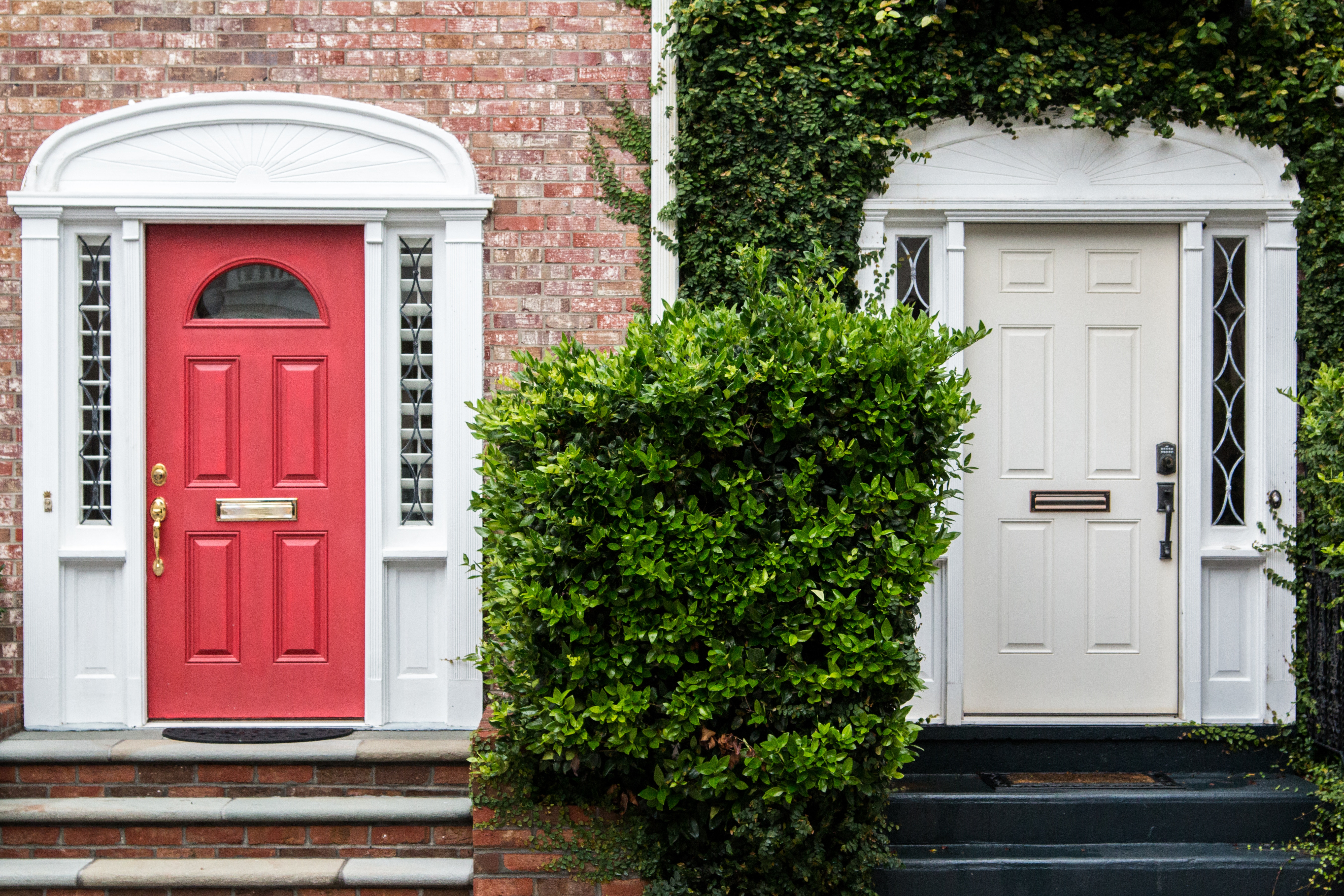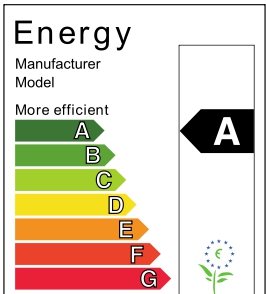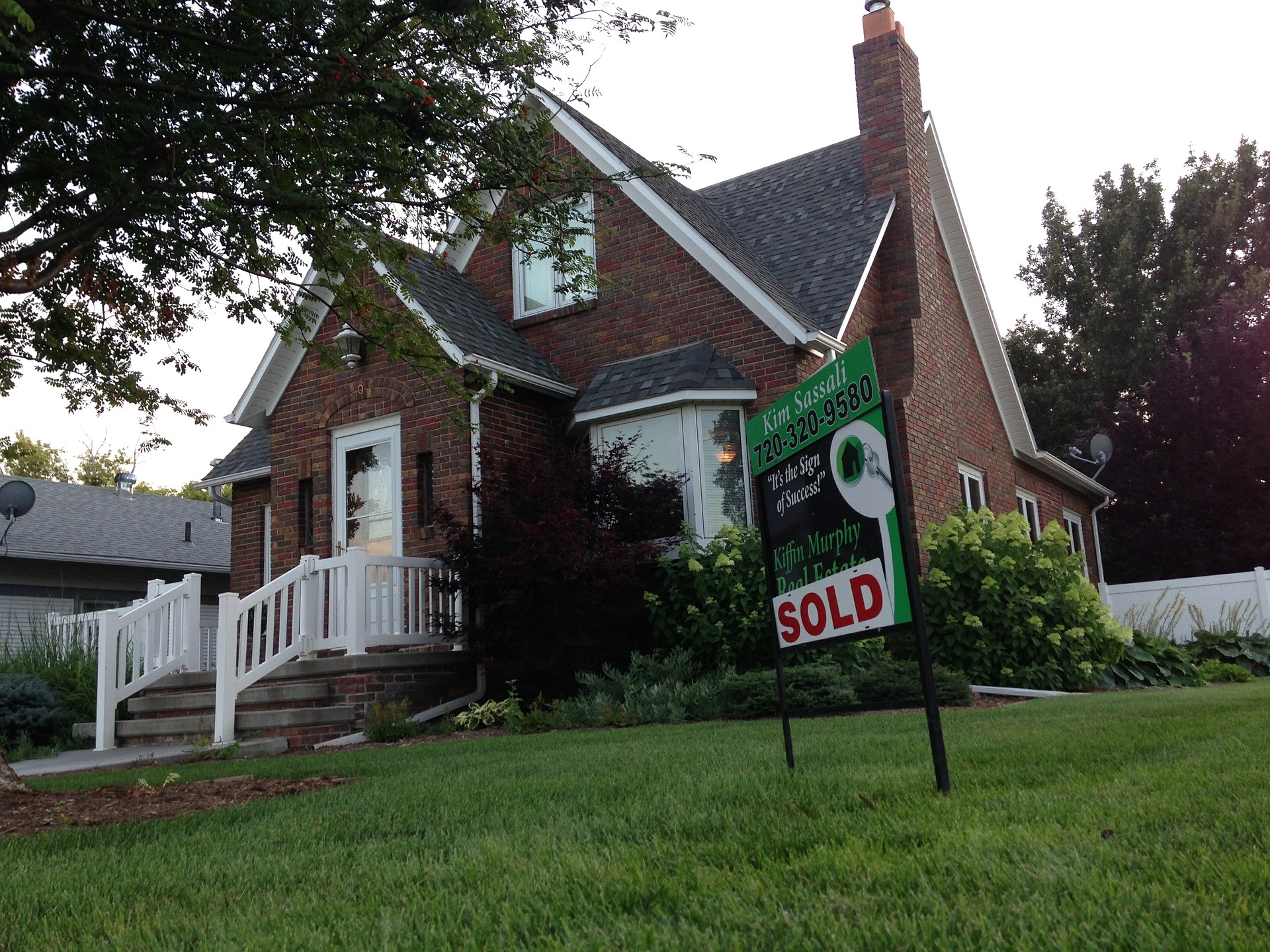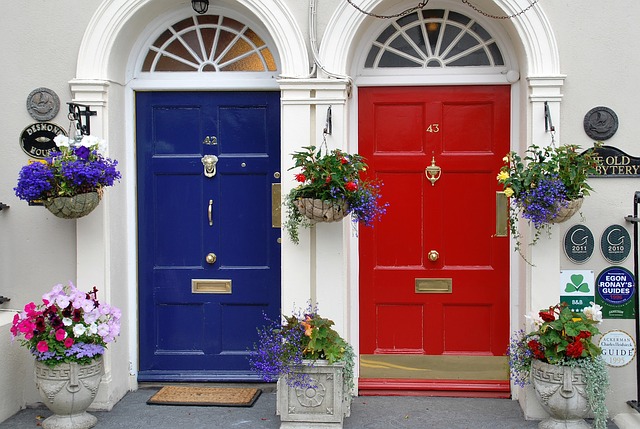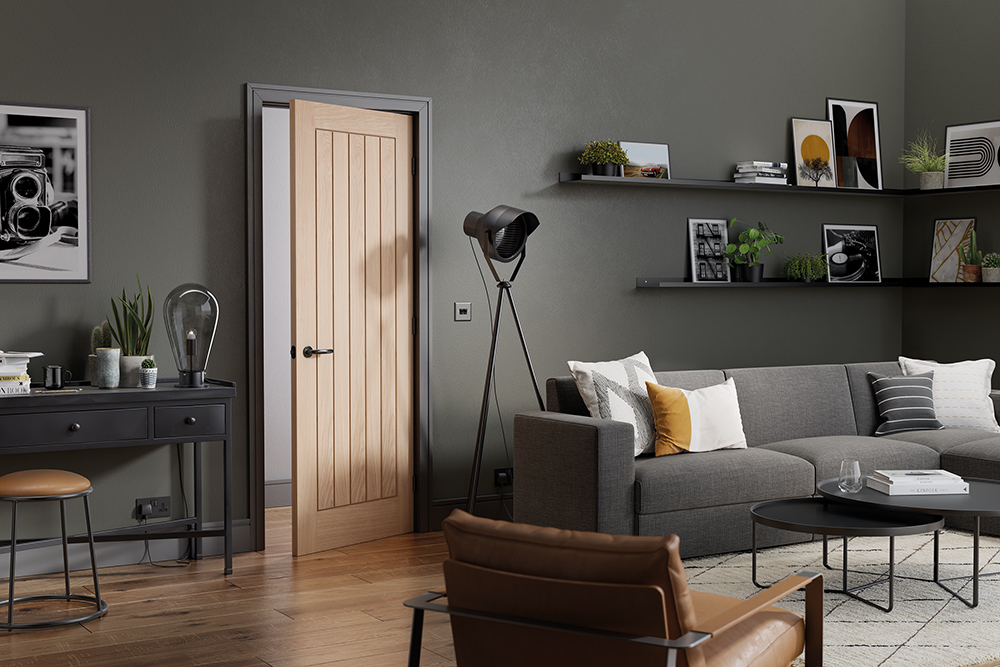Express Doors Direct ▸ Blog ▸ Will a New Front Door Add Value?
Last updated on July 22nd, 2020 at 12:56 pm
When considering a potential improvement to the home, it’s always worth asking whether your investment will yield an uptick in your home’s value. Moreover, we should look for the investments which yield the greatest improvement.
The benefits of a new front door are myriad – but among the most tantalising is the financial return. A replacement is one of the most popular means of adding value to your home in 2019. They’re therefore a great option for those looking to sell, as well as those looking to invest for the future.
But with so many varieties of front door to choose from, it’s not always clear which make the best match for the home. Let’s look at some of the factors to consider.
First Impressions
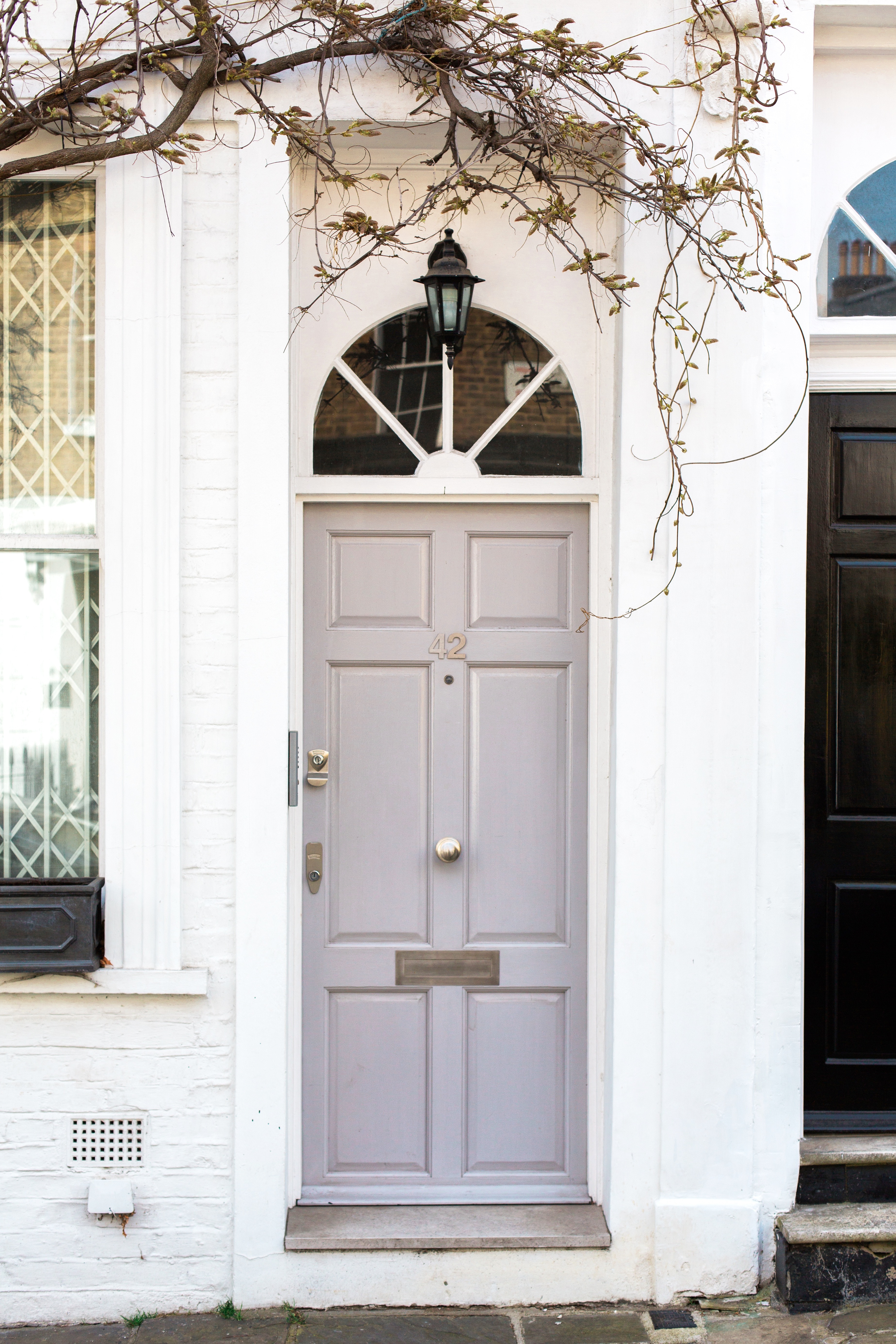
Photo by Bruno Martins on Unsplash
The first thing your guests (and would-be buyers) will encounter when they come for a visit is the front door. If it’s substantially-built and great to look at, you’ll make a good first impression; if it’s falling off the hinges and covered in scuffs, you’ll make a bad one.
It’s a well-understood fact of human psychology that we make quick judgements, and distort our impressions of what follows in order to form a coherent view of the world. If you decide early on that you don’t much like a particular politician, sport or flavour of ice cream, then the chances are you’ll stick with the view.
The same applies to your front door. A good one will persuade your visitors to overlook all manner of sins inside the house. A bad one will have them looking for other faults. If you’re selling, you want your buyers to think it was ‘meant to be’ – and a great front door will help you to do that.
Wooden doors tend to be the most impressive in the looks department. With that said, you’ll find composite doors which offer a convincing imitation of solid timber while needing next to no maintenance. We’ll get to that.
Security
One crucial function of a front door is keeping intruders at bay. If a would-be burglar can easily put their foot through, then the door probably isn’t fit for purpose. A modern front door is an incredibly robust thing. It’s heavy, sealed at all sides, and provides locking in several locations.
In this respect, composite timber doors tend to win out over their uPVC and solid timber counterparts. They’re built from a combination of different materials, but the interior tends to incorporate a substantial metal frame.
For your front door to be secure, it’ll need to sit snugly within the frame. If allowed to fall away, then gaps will form around the edges, which can be easily exploited by thieves. As such, a brand new door of any sort will make a significant improvement over an older one.
Burglars and other intruders are usually opportunists. They look for the low-hanging fruit. If your door is the only one on an estate that’s of an older construction, then it’ll almost always be the one that gets targeted.

Photo by Ehimetalor Unuabona on Unsplash
Energy Efficiency
Doors, like windows, are points of weakness when it comes to heat-retention. The gaps around your front door will allow cold draughts to pass into your home during winter, and allow warm air to escape. The larger these gaps are, the worse the problem will be.
We can limit this damage with the help of draught-excluders. These devices affix to the frame of the door and seal the cracks. They might equally sit along the foot of the door, blocking the bottommost crack. But draught excluders are not ideal solutions, as they compromise the look of the door.
Another problem comes from the ability of heat to travel through the door itself. Solid-metal doors are the worst offenders here, as metal is the best conductor of heat. uPVC and timber doors tend to fare better. The most effective insulators are those which incorporate many different materials into the same core. Where glass panels are employed, they should be double (or even triple) glazed.
Cost versus Benefit
When we’re thinking about any investment, we should consider whether the benefit will justify the cost. It’s possible to spend an enormous amount on an external door. But in many cases, a more affordable one might be perfectly adequate for the needs of the home.
For example, if you’re the owner of a period property with a consistent look, it will almost always be worth investing in a specially-crafted door. But most homes don’t need such bespoke doors, and a good, modern front door doesn’t need to break the bank. We should also consider how recently you’ve invested in a replacement. The most sensible purchases here are those where the existing door is on its last legs – although waiting that long usually means living with an insecure, energy-inefficient doorway.
Maintenance
Some doors need more frequent maintenance than others. In this respect, uPVC or aluminium doors are clear frontrunners, as they can be simply wiped with a damp cloth every few weeks. Timber doors are trickier, as they will need to be occasionally treated. This means sanding, washing, drying and re-finishing the timber. This is largely unavoidable if you want the luxurious feel that a real wooden door brings. Be sure, therefore, to factor in the extra hassle of maintenance when you’re contemplating an investment of this sort.
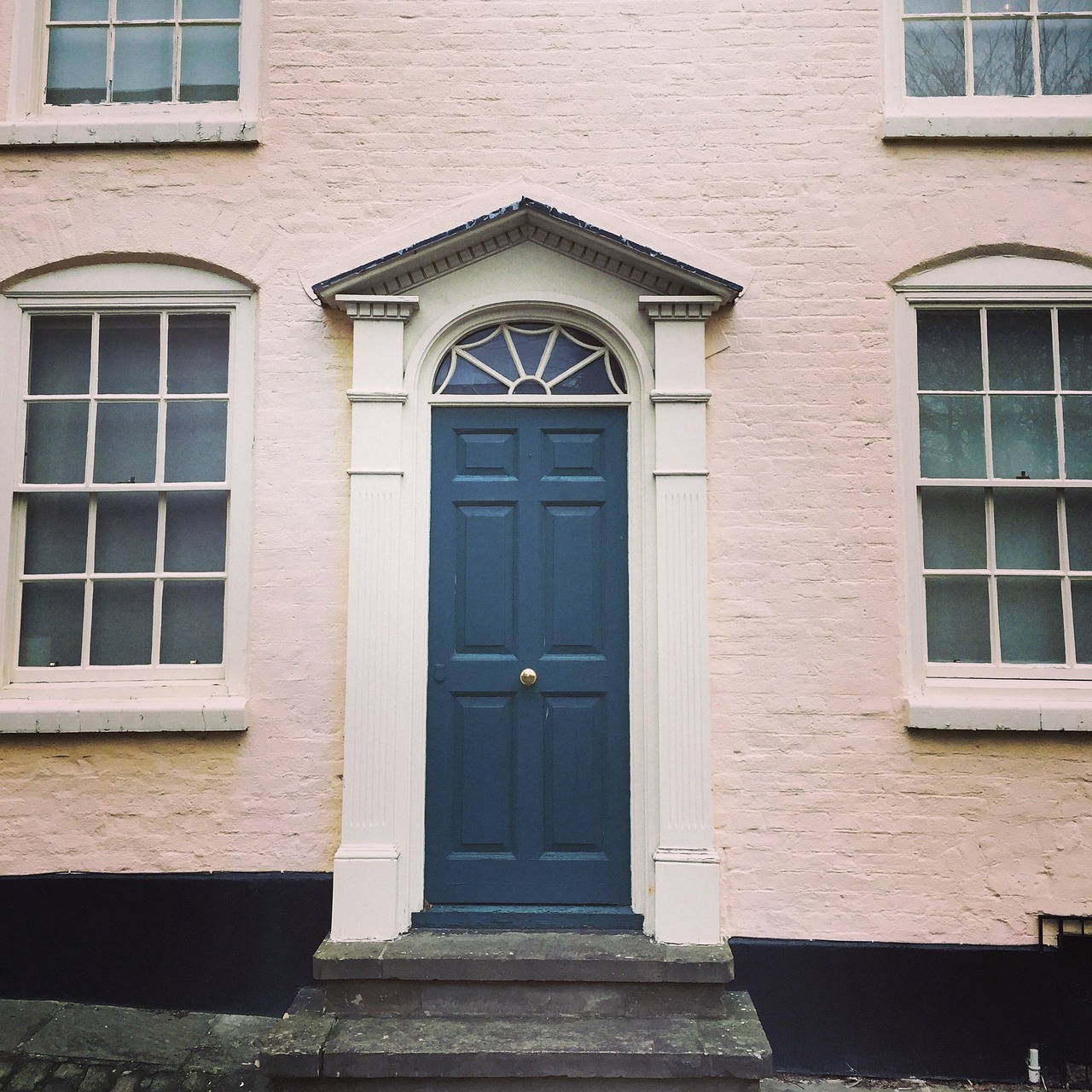
Lifespan
Some doors will last for considerably longer than others, and this should factor into your initial budget. Obviously, if your door is going to last twenty years rather than ten, it’s worth paying more for it.
Your short-term finances might be a limiting factor. If you can afford to do so, it makes sense to invest in the long-term future of your property. Cheaper uPVC doors tend to discolour over time, while cheaper timber ones tend to fall away from their frame – and they’ll do so quickly if not treated to the aforementioned maintenance. Of the options, a high-quality composite door tends to last the longest.
In Conclusion
The short answer to our question is that yes, a new front door will add value to your home. What’s less clear is whether this improvement will justify your original outlay – and that depends largely on what’s being replaced. If you have an ailing front door and you’re looking to improve the home, then a replacement is a great way to proceed!
Related Posts:
"It is about the realities of what makes for an attractive, civilized, meaningful environment, not about fashion or what's in or what's out. This is not an easy job."
– Albert Hadley
Available in a range of sizes, designs and colours with a #MadeToMeasureDoors service available too.
Email [email protected] to book in for 2024.
Featured Posts
Recent Posts

Blending Old and New: Internal Cottage Doors for a Modern Farmhouse Look

Kitchen Doors and Bathroom Doors: How to Shop and What’s in Style Now

Glazed Internal Doors: Let the Light in for Summertime – and beyond!

Wall Panelling Ideas: Unexpected Benefits and the Latest Trends

Pocket Doors vs Bifold Doors: The Pros and Cons
















































